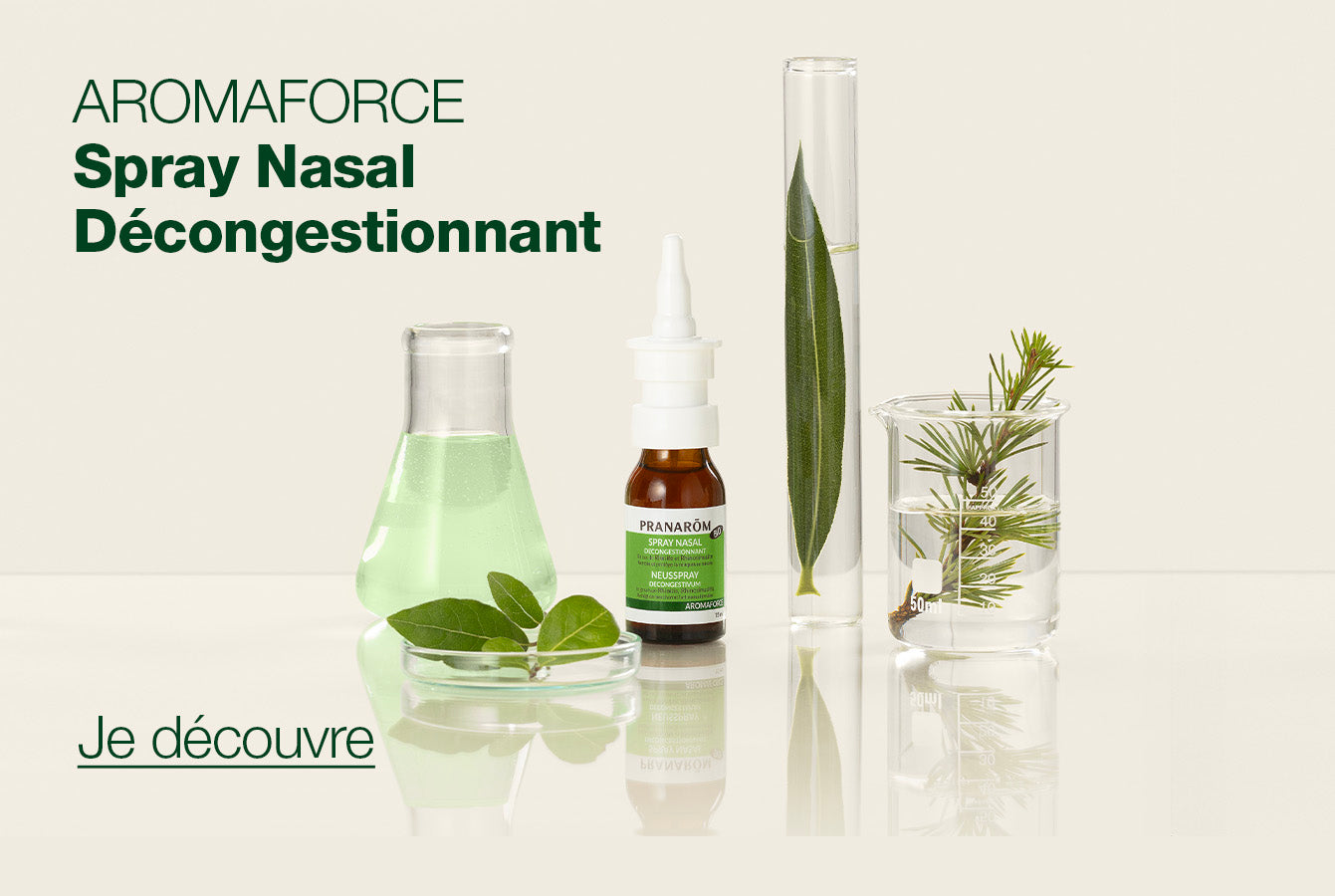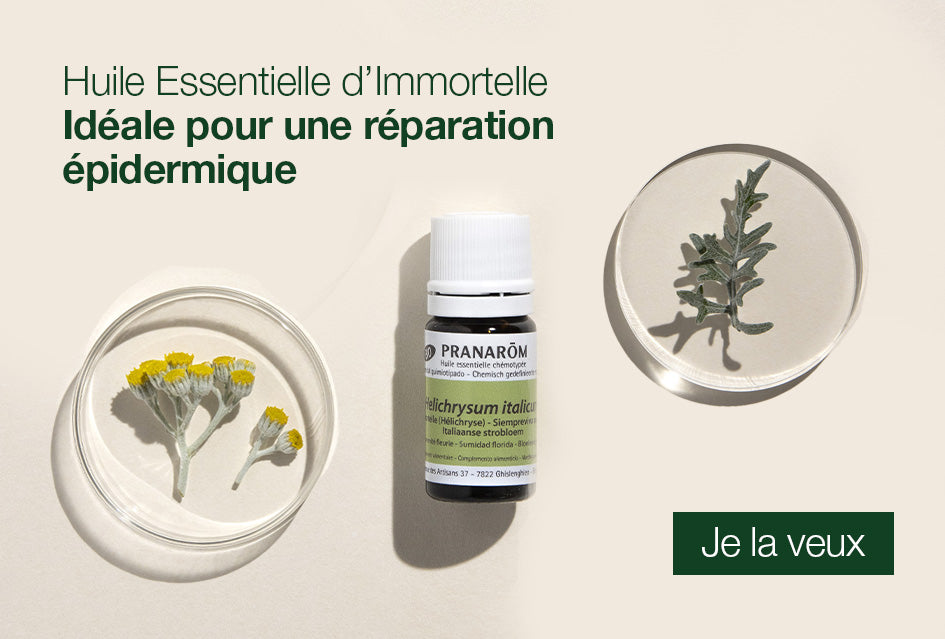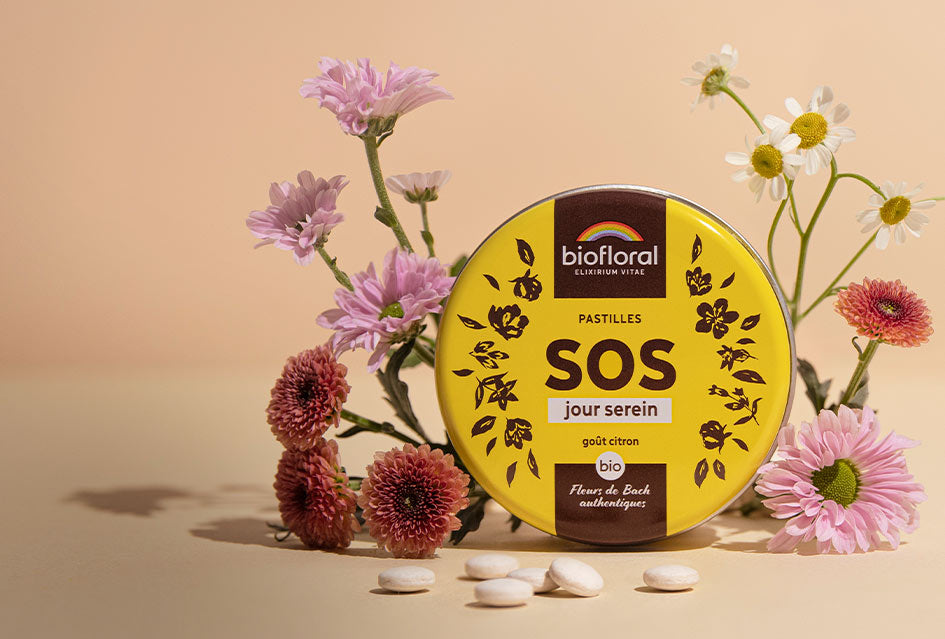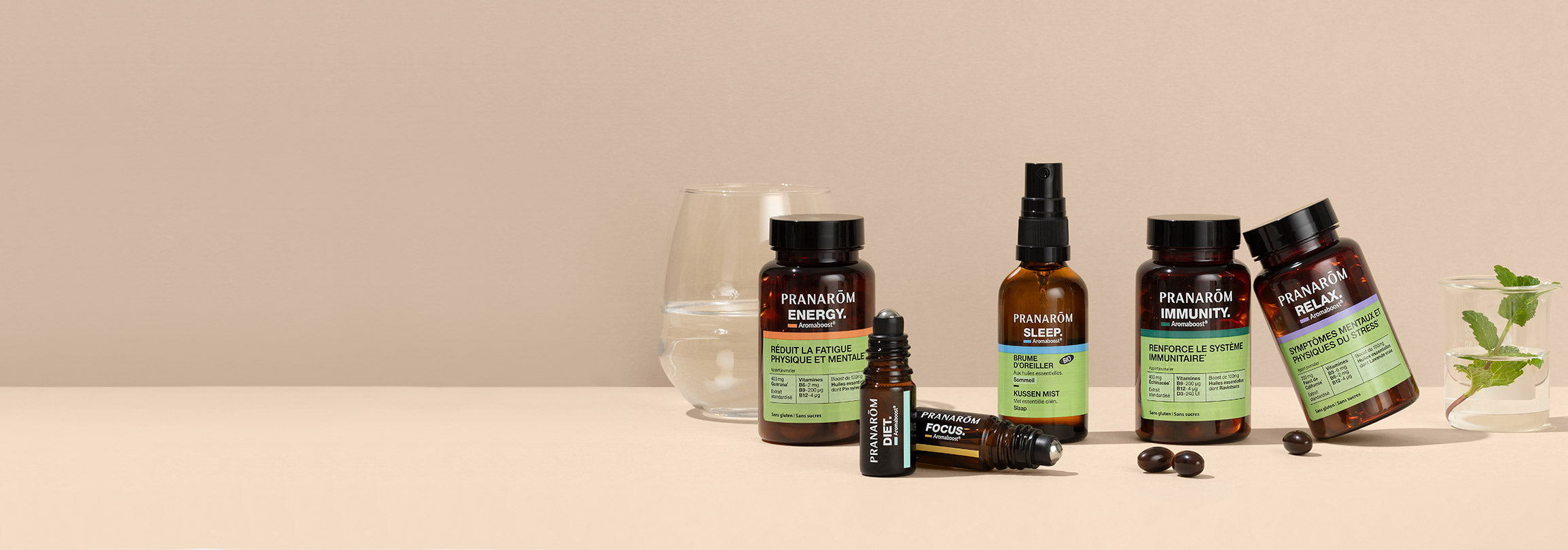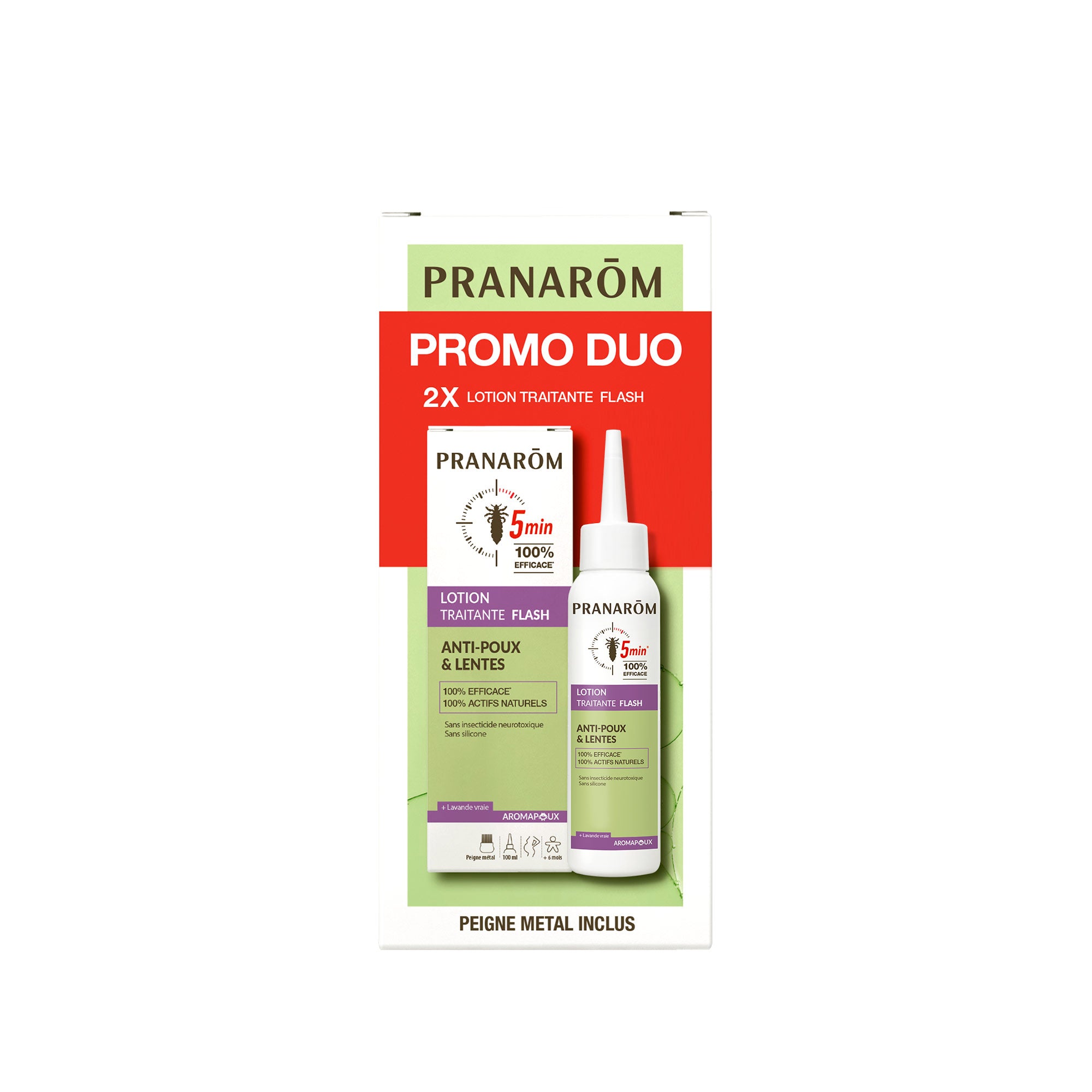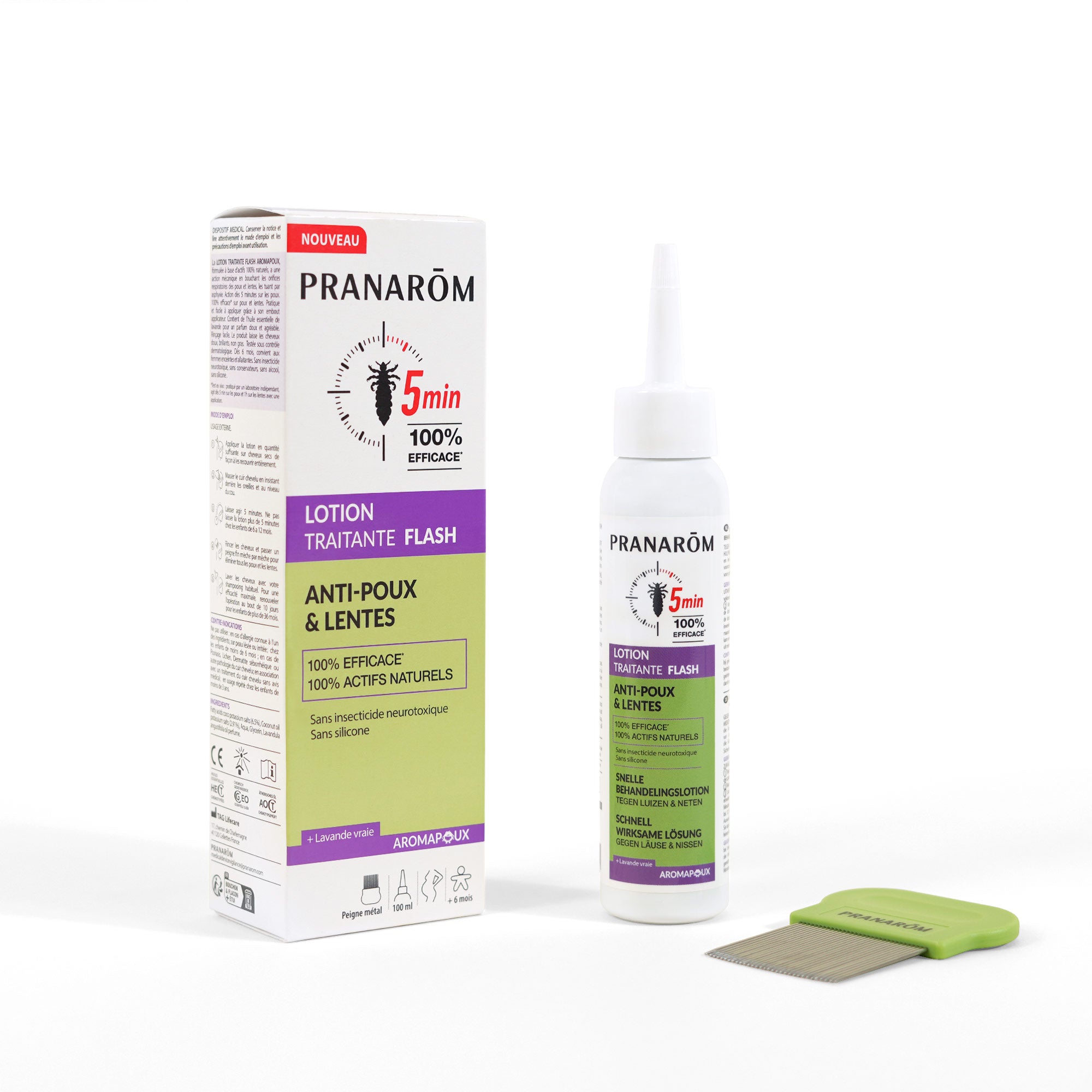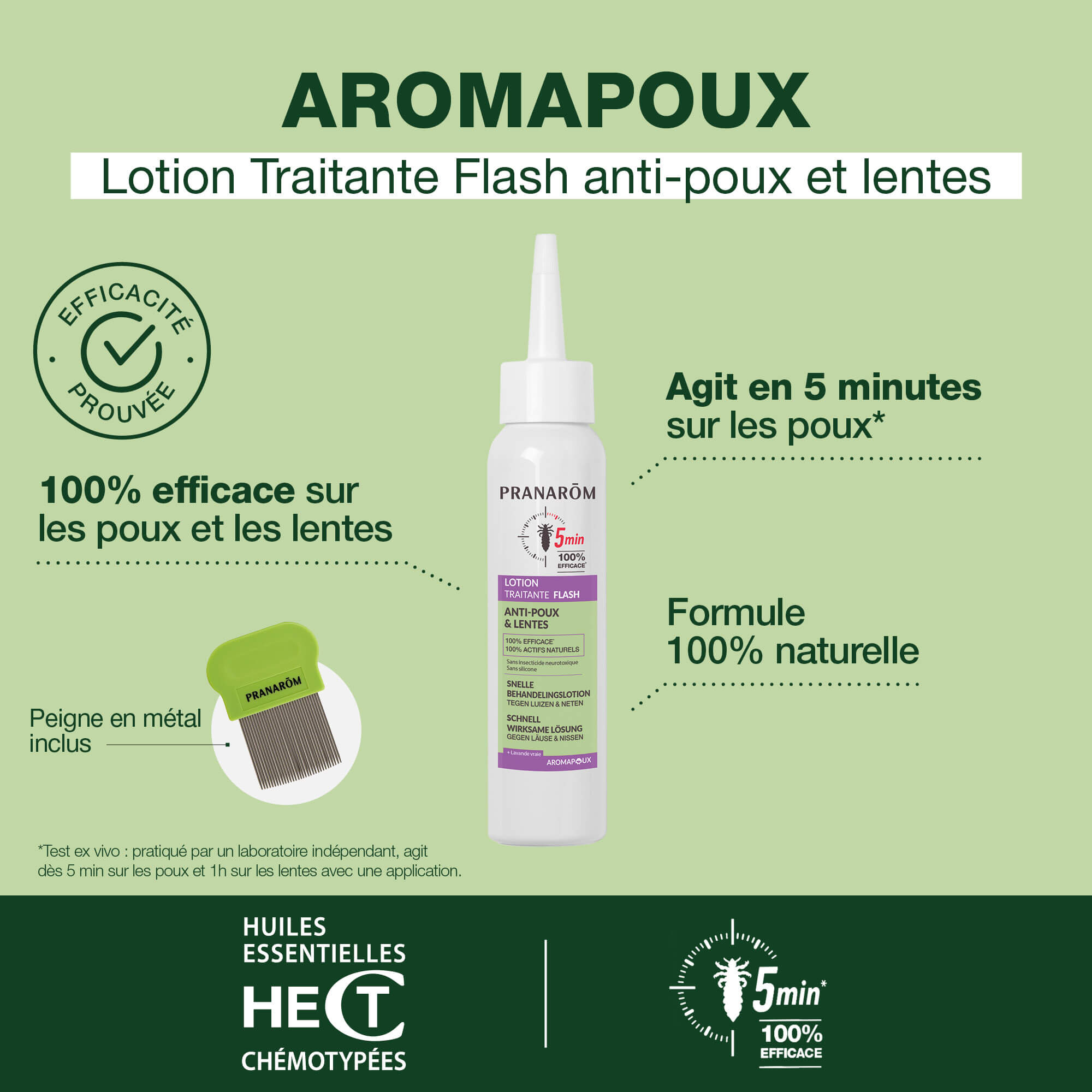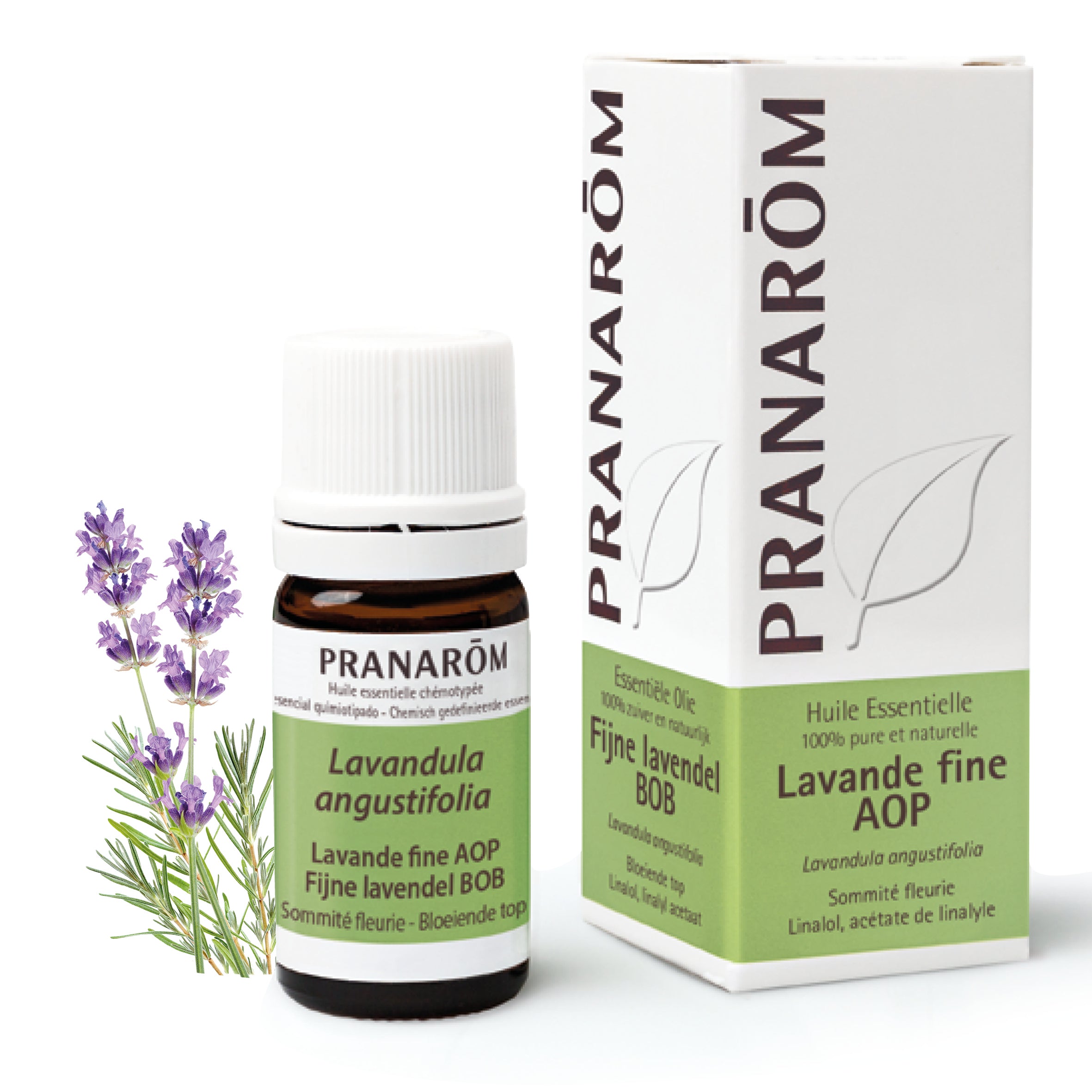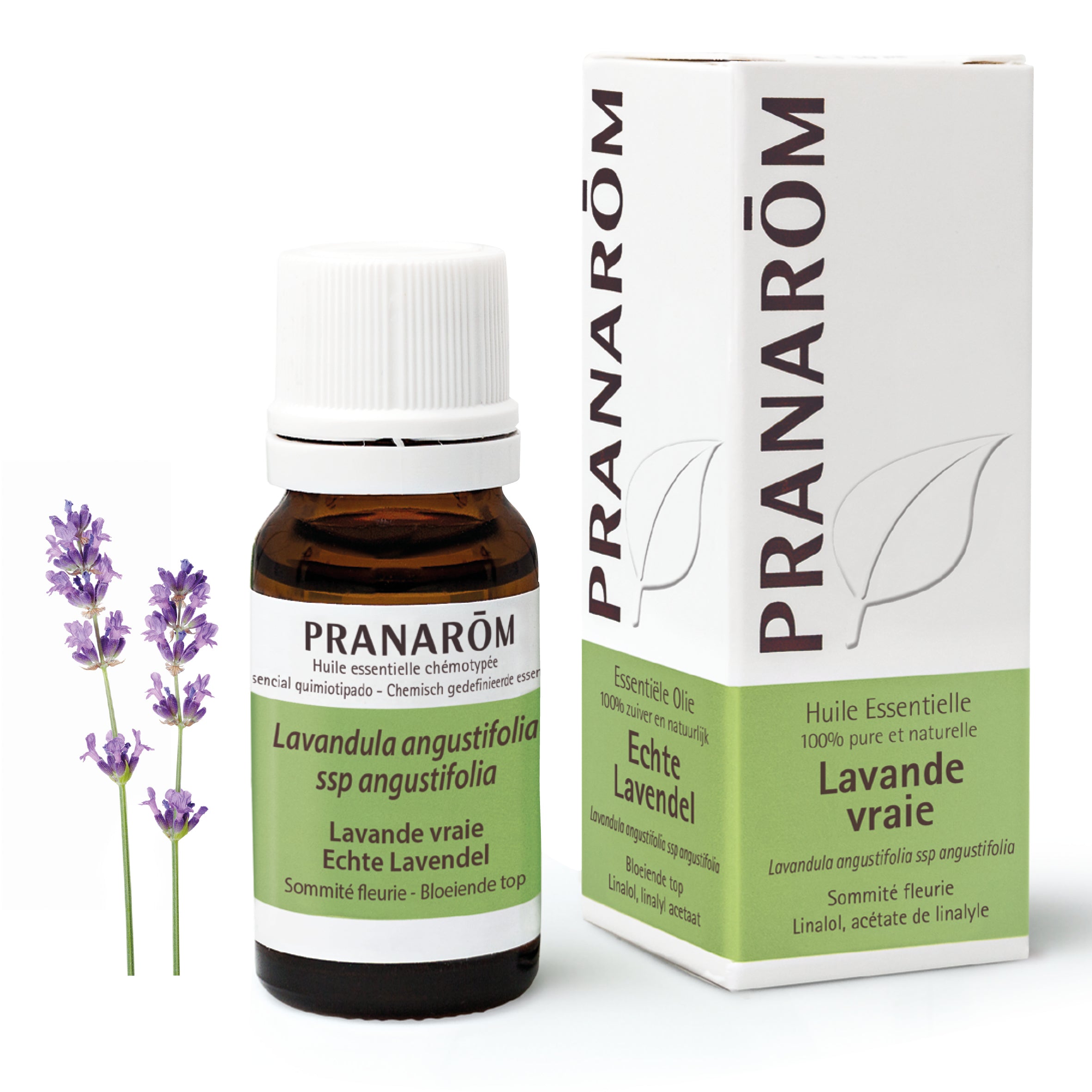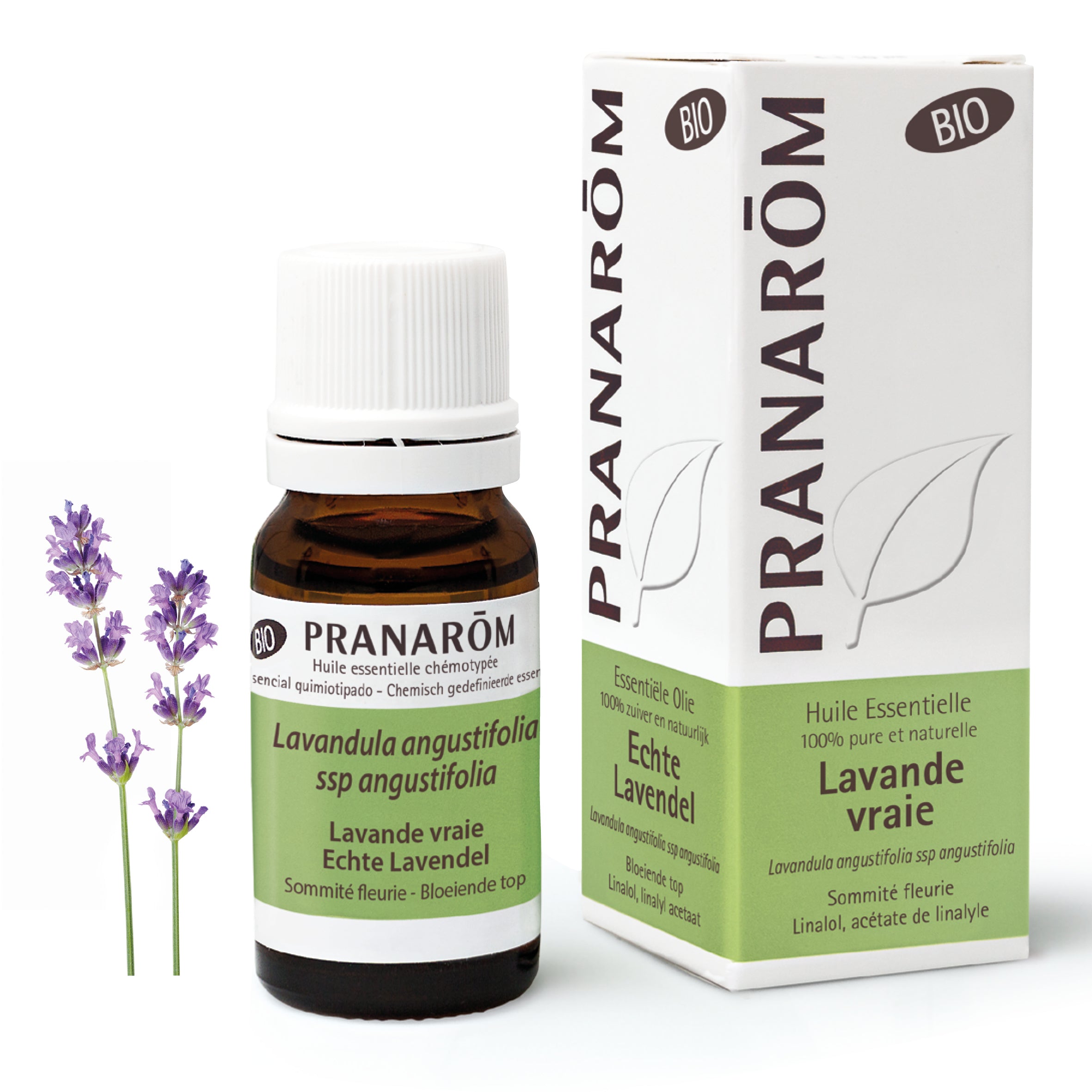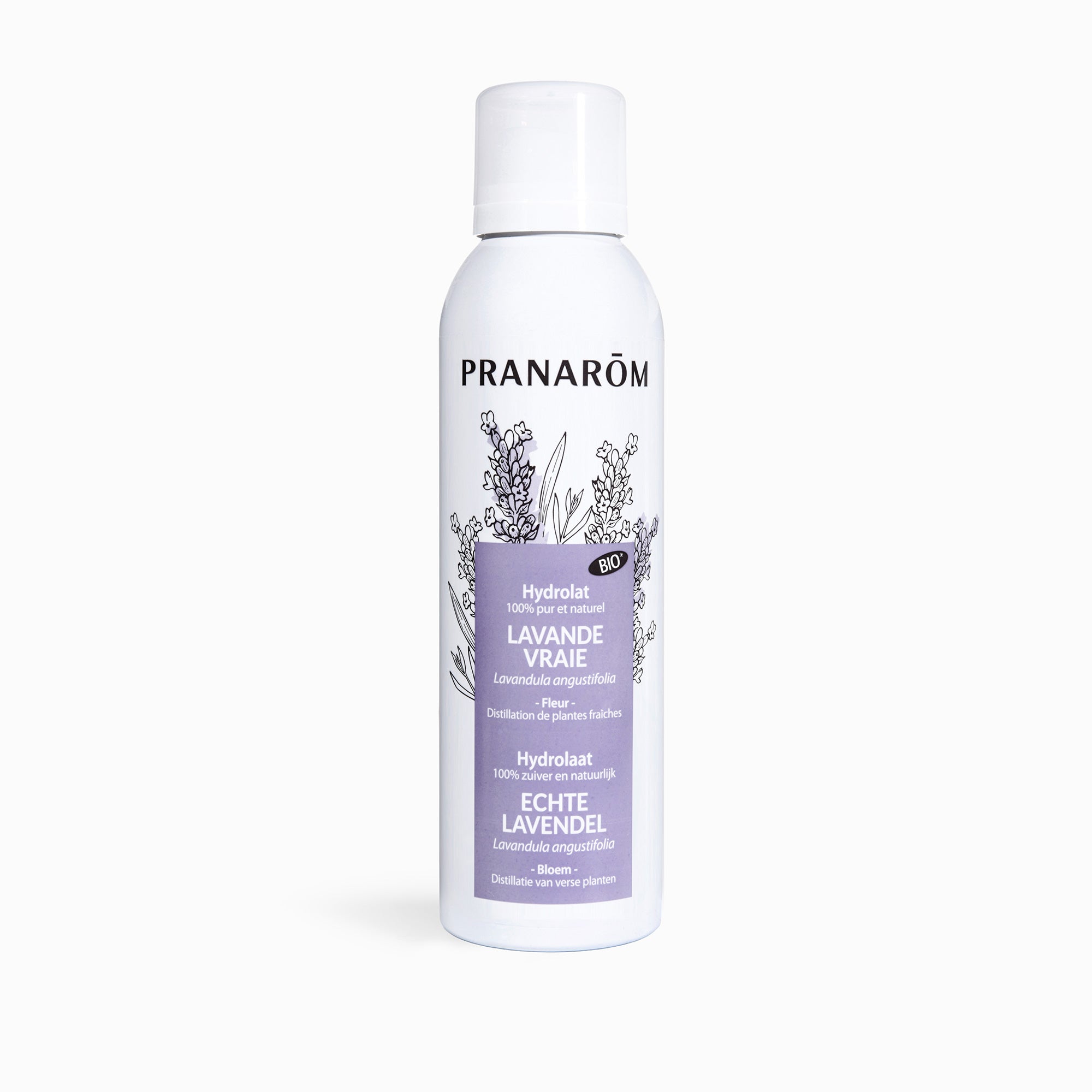Long live the start of the school year! But how can you protect your children from lice?
Contamination of the hair by lice is called pediculosis. Cases are very common, particularly in children's communities, where clothing exchanges are encouraged.
Lice are parasites that feed on their host's blood up to 5 times a day. It is their microbites that cause the characteristic itching and pruritus. A female can lay up to one hundred eggs, called nits, throughout her life. Gestation lasts barely 10 days and the lice itself can reproduce after 18 days. It is therefore advisable to act as quickly as possible, as soon as the problem is detected.
There are many preventive or therapeutic solutions to get rid of these stubborn parasites... but the exercise is delicate.
The anti-parasitic power of certain essential oils has made them major allies of fight against lice , and many families are happy to have been able to cleanse their children's hair thanks to the powerful aromatic molecules.
Lice detection
As soon as your child scratches his head a little too often, examine his hair using a fine anti-lice comb (ultra-fine comb which “filters” the hairs one by one), acting very carefully. Lice generally live behind the ears and at the base of the neck . To detect them, proceed strand by strand, from back to front then from front to back and finally from one temple to the other. Perform this examination preferably over a light fabric that you will wash afterwards. Also pay attention to nits which look like dandruff but are more difficult to remove because they are very well attached.
Lice prevention
In the prevention phase, avoid applying an anti-lice shampoo which cannot on its own kill the parasites but risks reinforcing their resistance to the active substances. Better to opt for 1 drop first essential oil of true lavender or lavandin to disperse on the temples, around the ears and the back of the neck every morning before leaving for school. If you prefer a ready-made solution, you can also opt for our Repellent Spray – keeps lice away with essential oils of Lavandin, Tea tree, Ravintsara and Niaouli. Tip: Spray textiles likely to come into contact with the head and hair with the lotion: scarves, hats, but also stuffed animals, comforters, rugs, and car seats.
Lice treatment
To date, several essential oils have been identified whose biochemical profile allows anti-parasitic action : Tea Tree, lavandin, true or officinal lavender, rose geranium, Ylang ylang, niaouli and of course clove and oregano which are particularly biocidal* essential oils. They should therefore be used with caution. This is why we have developed a medical device composed of ingredients 100% natural and organic without neurotoxic insecticide, silicone-free and which respects the scalp . In just 15 minutes, our AROMAPOUX anti-lice spray organic designed with extracts of coconut vegetable oil, apricot kernel and essential oils of Tea Tree, Lavandin and Ylang Ylang, blocks the respiratory orifices of lice and destroys the nit's envelope. They have no chance of resisting.
Use
You can also make your own treatment oil with healing and insecticidal properties: Mix jojoba vegetable oil (well suited because it is non-greasy, it regulates sebum production) with 10% true lavender essential oil, 4%. Tea Tree essential oil and 4% Rose Geranium essential oil. Apply the oil obtained all over the scalp (between the strands) and leave on for 30 minutes. Finish with shampoo and comb.
Little tips and tricks against lice:
-
Avoid exchanging hats, scarves, elastics, scrunchies and scarves;
-
Systematically wash bedding and objects that come into contact with the head (scarves, hats, comforters, dolls, etc.) at 60°, adding 2-3 drops of Tea Tree essential oil in your laundry;
-
Vacuum the carpet, the car, (seats and headrests);
-
Then empty the vacuum cleaner tank and clean it thoroughly;
-
Tie up or braid long hair.
-
Treat the whole family at the same time


